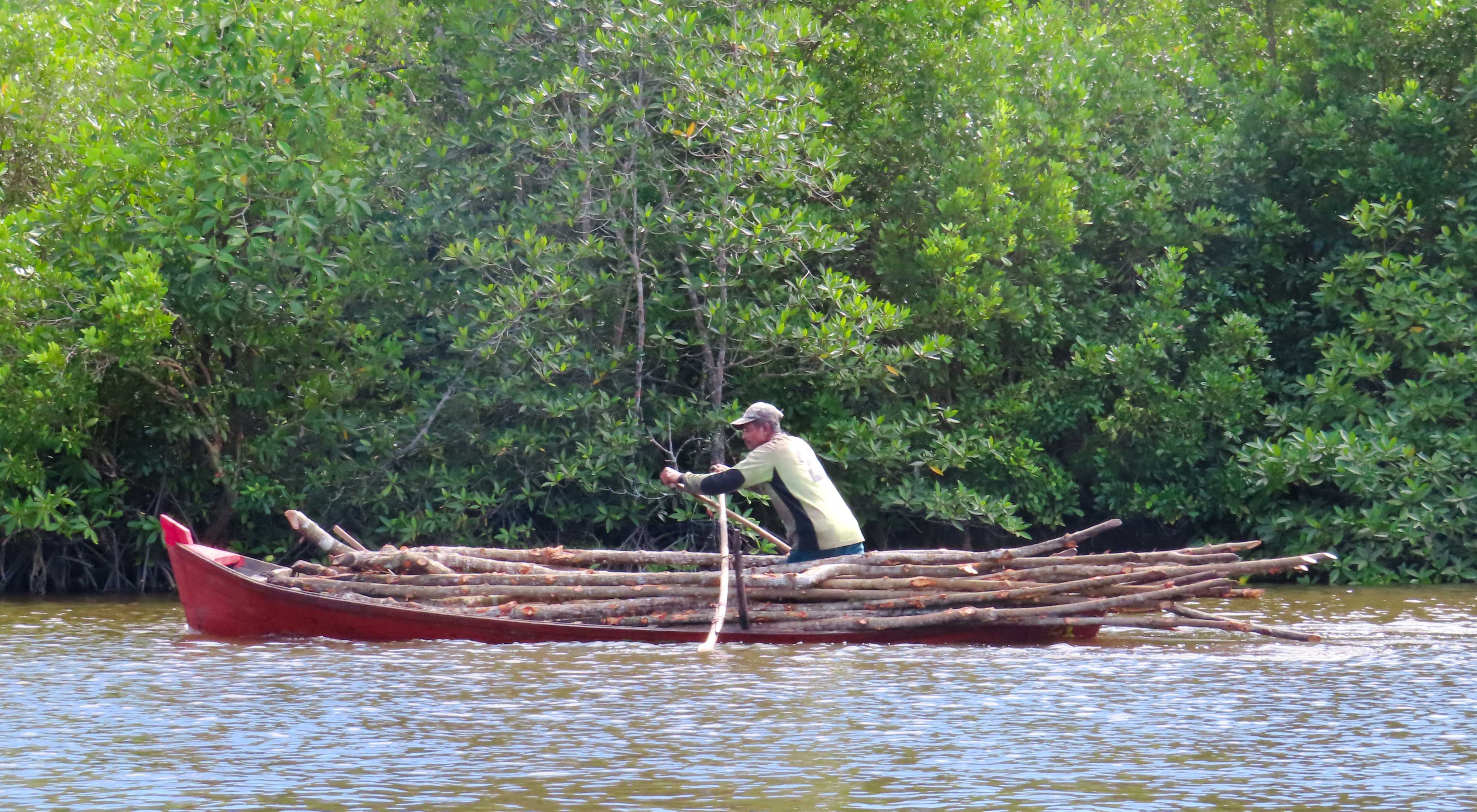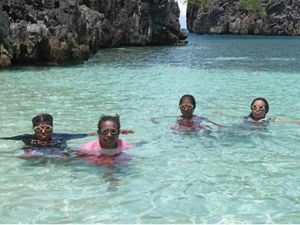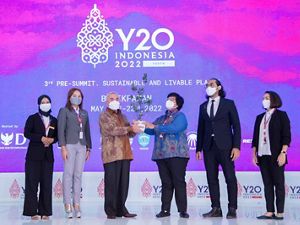Bengkalis Island has a mangrove forest covering an area of 8,717 hectares. One fifth of it is concentrated in the Kembung River, on the east coast of Bengkalis, specifically in the villages of Teluk Pambang (950.96 ha) and Kembung Luar (951.33 ha). These two villages are the heart of the mangroves on Bengkalis Island. For some Bengkalis’ coastal communities and their surroundings, the mangrove forests in the two villages are their source of livelihood, from the marine products that inhabit the mangrove forests to the mangrove wood itself. These two villages store the best charcoal raw materials. Mangrove loggers from various villages, even from outside the island, come to the mangrove forests in these two villages to look for mangroves. One of the dominant communities looking for mangroves is the Akit Tribe, a Remote Indigenous Community (KAT) who inhabit coastal areas in Riau.
The Akit tribe is referred to as a Remote Indigenous Community. Their two main sources of livelihood are mangrove wood and biota from the sea, such as fish, snails, and shellfish. This tribe lives in the mangrove forests around the islands of Riau Province. The term ‘Akit ‘comes from the word 'raft' (Indonesian: rakit), because of how they lived and managed their livelihood in raft houses while moving along the river.
Read: Semanting Bay Village Female Group: Women’s Motif in the Innovations to Protect Nature

Yayasan Konservasi Alam Nusantara (YKAN) through the Mangrove Ecosystem Restoration Alliance (MERA) Program is currently working in the locations around the Kembung River, at villages of Teluk Pambang and Kembung Luar in Riau Province. One of the main objectives of this program is to establish village regulations regarding the protection and management of mangrove forests. Through this program, it is hope that nature can be protected while the local communities can still obtain their sources of livelihood.
The MERA program also supports villages around the Kembung River, such as Teluk Pambang and Kembung Luar villages, to formulate village regulations related to mangrove protection by strengthening the Social Forestry scheme. Through the Social Forestry scheme, village communities can also be involved in mangrove forest management efforts.
The Akit tribe is one of the community groups that YKAN is trying to reach through this program. From here, the Akit tribe's dependence on mangrove forests is no longer a threat.





